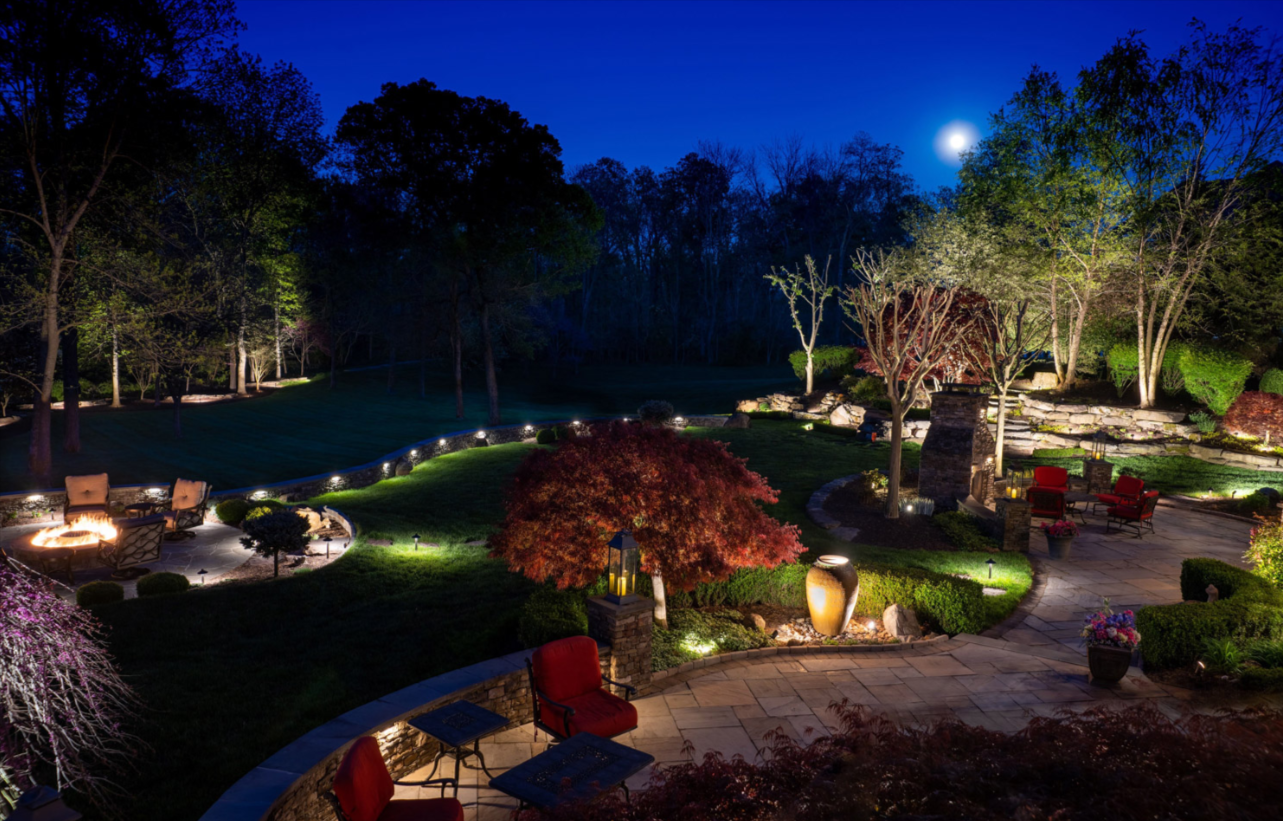The Impact of Lighting on Your Home’s Ambiance

Lighting sets the tone for pretty much any situation. It can change the mood and function of a room and alter general aesthetics. Vivid examples of such transformations are sunshine spilling in through a window versus the soft glow of a table lamp.
Understanding how to use light will make your home a welcoming and friendly ambiance, one that fits into your lifestyle. This article will look into the various lighting types and how those affect the ambiance of the house and how to use light in a more practical way.
Why Use Lighting to Improve Your Home Design
Lighting isn’t just a necessity — it’s a potent design element that contributes to a home’s aesthetic allure. Proper lighting can:
- Make rooms seem bigger or cozier
- Emphasize architectural elements and decor
- Affect mood and energy levels
- Focus on day to day task enhancements
Even the most beautiful conceptually designed spaces can feel muted or unwelcoming without the right lighting. First, let’s examine the various types of lighting and their impact on a home’s ambiance.
Different Types of Lighting and Their Effects
Lighting can generally be classified into three categories: ambient, task and accent lighting. Each has a different function and adds to the sense of a space.
1. Ambient Lighting (General Lighting)
Ambient lighting provides the foundation of light in a room. It adds lighting and gives a general atmosphere.
Examples:
- Ceiling lights (Chandeliers, Recess lights, Pendant lights)
- Wall-mounted fixtures
- Natural light from windows
Impact on Ambiance:
- Soft ambient lighting sets a soothing, warm atmosphere to balance out a cozy, relaxing vibe.
- The brilliance in ambient light lends an energetic quality to a space.
- Dimmable lights enable homeowners to create the right ambiance when required.
2. Task Lighting
They give focused lighting for particular tasks like reading, cooking, or working.
Examples:
- Desk lamps and reading lights
- Under-cabinet kitchen lights
- Vanity lights in bathrooms
Impact on Ambiance:
- Induces focus and reduces eye fatigue.
- Offers functional brightness for nits work.
- Combined with softer ambient lighting, can create a cozy corner.
3. Accent Lighting
Accent lighting refers to using light to highlight architectural elements, artwork or a focal point in a room.
Examples:
- Spotlights and track lighting
- Add LED strips under cabinets or shelves
- Pulls and Decorative wall lamps
Impact on Ambiance:
- Provides depth and dimension to a room.
- Gives a much deeper, artistic feel.
- We focus on attention with one of a kind design features.
The right mix among these three types of lighting can improve the atmosphere in any home.
The Effect of Light Color and Temperature
The color and temperature of the light is a huge factor in how a room feels. Light is measured in a system called Kelvin, (K), which correlates the lower the number with warm, yellow light and the higher the number with cool, white light.
1. Warm Light (2000K-3500K)
- Gives off a soft, yellow glow like candlelight.
- Provides a warm, comfortable and intimate environment.
- Ideal for bedrooms, living rooms, and dining rooms.
2. Neutral white light (3500K-4500K)
- Mimics natural daylight for a balanced brightness.
- Delivers a clean, contemporary feel without being too chiseled.
- Suitable for kitchens, baths, and work spaces.
3. Cool White Light (4500K — 6500K)
- Produces bluish-white light similar to daylight.
- Improves focus and alertness and is great for offices and study areas.
- Good for garages, basements, and medical environments.
Making sure that you use the right color temperature can have a huge effect on creating the right mood for each room in your home.
The Role of Natural Light
Natural light is one of the most powerful elements of home design. It brightens colors, opens up a space and delivers many health benefits.
Benefits of Natural Light:
- Enhanced mood and mental health.
- Lowers requirement of artificial lighting, thus saving power.
- Brings out true colors in decor and enhances the overall aesthetics.
Maximizing Natural Light:
- Thin curtains to maximise sun light.
- Position mirrors to reflect and amplify light.
- Light walls and furniture are a great choice to make the space feel bright.
A house that has a lot of natural light generally feels more inviting and pleasantly alive.
Lighting Tips for Various Spaces
Every space in a house need a different kind of lighting design that will help achieve that versatility and enhance not just its function but also the overall aesthetic.
A. Living Room
- Employ ambient and accent lighting for warmth.
- Include floor lamps and table lamps and create a comfortable reading nook.
- Dimmer switches let you adjust the brightness.
B. Bedroom
- Soft, warm lighting encourages relaxation and sleep.
- Comfortable task lighting comes from bedside lamps or wall sconces.
- Steer clear of jarring, bright light that interrupts melatonin production.
C. Kitchen
- Overhead bright light guarantees the kitchen task is bright.
- Stag dining is up for grabs with a custom-built table, seating, and some under-cabinet lighting to brighten the workspace for food prep.
- Pendant lights above an island provide warmth and style.
D. Bathroom
- Grooming and make up are best done under neutral or cool lighting.
- Vanity lights need to be installed at eye level to minimize shadows.
- Overhead and mirror lighting combine to provide even illumination.
E. Home Office
- Bright cool lighting helps improve focus and productivity.
- Adjustable-brightness desk lamps alleviate eye strain.
- Keep your workspace by the window natural light virtue
Adapting your lighting to what each room is used for makes for a comfortable and visually appealing house.
The Role of Energy-Efficient Lighting in an Eco-Friendly Home
Between increasing energy costs and the impact on the environment, energy-efficient lighting is a must.
Top Choices for Energy Efficiency:
- LED Bulbs: Uses very little energy and has a longer lifespan compared to incandescent bulbs.
- CFLs: Slightly less expensive light, and better energy savings.
- Smart Lighting: Easily control, schedule, and dim lights to save energy.
Besides reducing your electricity bills, energy-efficient lighting makes your home more sustainable.
Decorative Lighting Trends
Lighting can be a decorative element, too. Here are some popular lighting trends:
- Industrial Lighting: Exposed light bulbs and metal light fixtures for a contemporary, edgy style.
- Pendant Lights Statement pieces for dining rooms and kitchens
- Smart Lighting Applications: Lights you can control through an app.
- Layered Lighting: The use of multiple light sources to create a dynamic look.
Each of these trends will add to the beauty of your home but also keep it warm and inviting.
Conclusion
It lights up the environment in the house. The right combination of ambient-lighting, task-lighting, and accent-lighting along with the right light temperature helps create an atmosphere that is highly functional and welcomes you back home.
From cozy right into a bedroom, bright and inviting in the kitchen, or stylish and contemporary in the living area, right lighting will really capture the essence of home in your heart. Just throw in some natural options like energy and couple its combination with some trendy designs to bring life to any space, setting up a place for you that is warm and inviting.
Investing in the right lighting is one of the most straightforward and effective ways to enhance the home feel and aesthetics.



